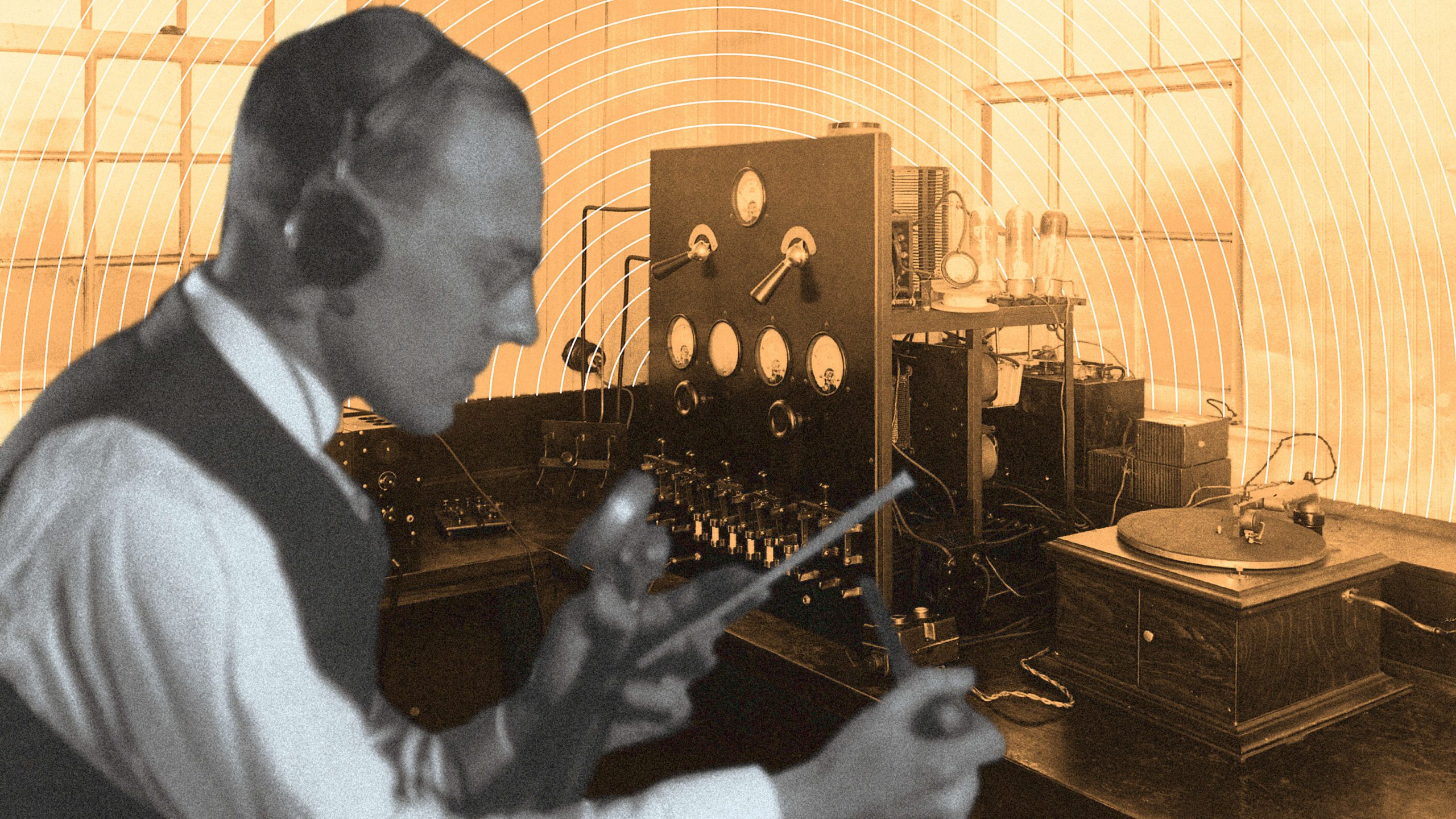
Communication has undergone a revolution in recent years, thanks to the evolution of technology. From the time when people sent messages through smoke signals to using pagers, the world has seen an incredible advancement in communication technology. Nowadays, communication is faster, easier, and more accessible than ever before, which has revolutionized the way people interact with each other.
The rise of the internet in the 1990s paved the way for the most significant revolution in communication. Email and instant messaging became popular and transformed the way people communicated. It enabled people located in different parts of the world to talk to each other without being affected by time zones or geographical limitations. The rise of social media platforms such as Facebook and Twitter further revolutionized how people communicate.
Social media enables people to connect with others, share their thoughts and ideas, and build new relationships. Through social media, people can stay connected with their friends and acquaintances, no matter where they are. This has made communication more accessible and allowed people to stay connected with their loved ones, even if they are far away.
Another significant advancement in communication technology is video conferencing. This technology has revolutionized the way people meet and interact with each other. Video conferencing helps people to hold virtual meetings with colleagues, clients, and business partners who are located in different parts of the world. This technology has made it possible for businesses to work with clients and employees located in different parts of the world, which has, in turn, led to global economic growth.
Furthermore, the advent of mobile devices such as smartphones and tablets has made communication even more accessible. Mobile devices have made it possible for people to communicate with others from anywhere in the world, anytime. These devices have a range of communication apps that facilitate voice and video calls, instant messaging, and social media.
In conclusion, the evolution of technology has revolutionized how people communicate. Communication technology has changed the way people interact with each other and has made communication faster, more efficient, and more accessible. The advancements in communication technology have had a profound impact on the world, enabling businesses to work with global clients, and people to connect with others from anywhere in the world. Indeed, technology has made the world a smaller place and has brought people closer together.…





